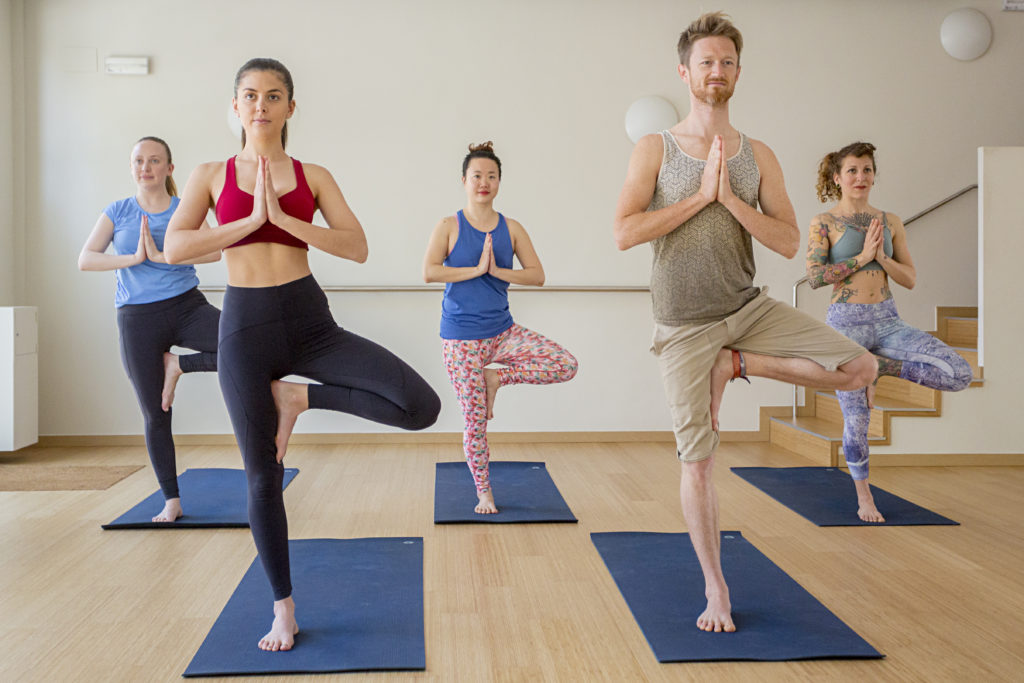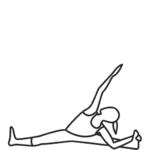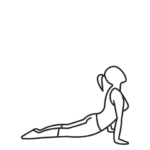IGNITE YOUR TEACHING IN BARCELONA
Explore the essence of hot yoga and refine your practice both for personal
enrichment and for becoming a yoga teacher.
Take your teaching to the next level and enhance your personal practice. This program will dive deep into meditation and include a 5 day Vipassana
retreat in the Catalan country side.
Perfect for hot yoga fans that want to teach both the 26 x 2 (bikram inspired) series as well as Hot Power Vinyasa Yoga.
Explore the essence of hot yoga and refine your practice both for personal
enrichment and for becoming a yoga teacher.
Take your teaching to the next level and enhance your personal practice. This program will dive deep into meditation and include a 5 day Vipassana
retreat in the Catalan country side.
Perfect for hot yoga fans that want to teach both the 26 x 2 (bikram inspired) series as well as Hot Power Vinyasa Yoga.
WHY CHOOSE US?
- 26 years of combined teaching experience
- 8 years of successfully running teacher trainings
- Over 200 graduates in over 50 countries worldwide
- We prepare you to teach in the real world
- You will be amongst students of all nationalities
- Inclusive to students of any age (18 to 75years of age)
- We nurture your true individuality in your teaching
- We support you on your journey
- We provide multi-discipline approach to learning yoga from restorative to acroyoga
- Our students come back and take further trainings with us














